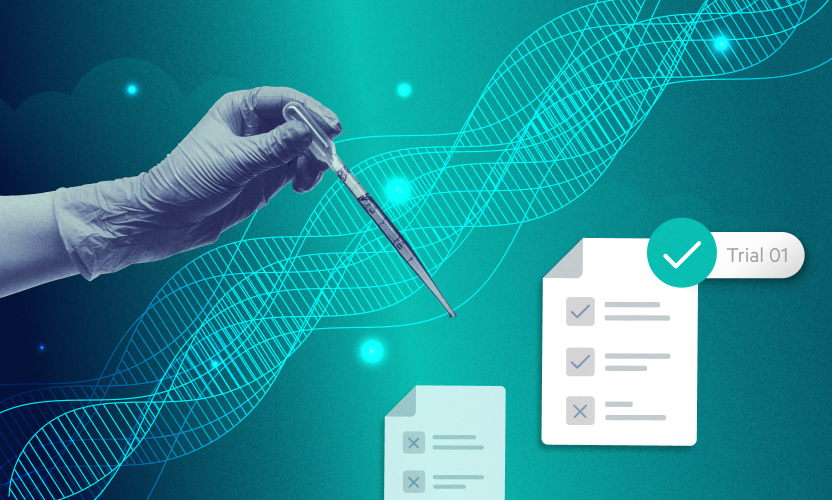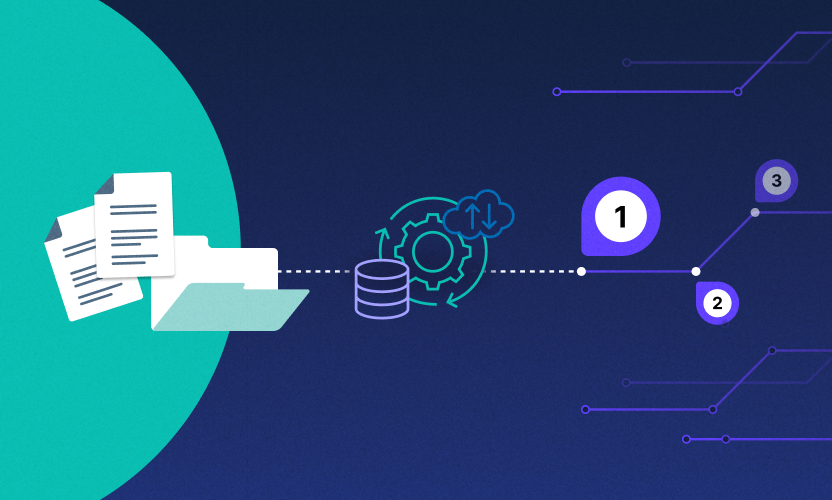
Three Key Advancements in Jobsite Technology to Improve Productivity
Did you know that 52 percent of all rework globally is caused by poor data and communication? 1
In the construction industry, coordination between the office, subcontractors, partners, and multiple jobsites has always been a challenge. And with increasingly large files stemming from BIM, drone footage, and VR/AR applications, it is becoming more difficult to ensure everyone is in sync.
Throw in COVID-19 and you have the perfect storm to significantly disrupt the pace of growth.
Today, jobsite file sharing and collaboration is even more important than before. As construction firms start moving from a traditional waterfall approach to a modular and parallel method, the role of collaboration becomes even more essential. Designers and architects need to edit documents in real time with engineers on the ground, who in turn need to work with a myriad of subcontractors, who need to connect with suppliers and each other. And that is just for one job.
Efficient collaboration is the path to higher quality work, less delays and rework, lower costs, and, in the end, higher margins. But, for all the reasons outlined above, collaboration doesn't come without its challenges.
From trying to push large files through tiny pipes at jobsites with limited connectivity, to managing - and restricting - access to sensitive files to only those who should have access to them, to protecting data from internal and external threats, true real-time, secure collaboration requires a new solution.
McKinsey Global Institute, in their Reinventing Construction: A Route to Higher Productivity whitepaper, refers to it as digital collaboration and mobility. “They take the form of simple, intuitive and user-friendly apps that enable real-time collaboration and communication among crews, often loaded on handheld and mobile devices that help track the productivity of the workforce.” 2
However it is not so much about tracking productivity. While that is important, it’s really about facilitating productivity. So let’s look at three aspects of digital collaboration and mobility solutions and how they reduce rework and help prevent schedule and cost overruns:
- Real-Time Access and Collaboration on Projects
- Managing Construction Project Files and Access
- Construction Data Security
Real-Time Access and Collaboration on Projects
Collaboration is built on two things: access to the file and a single source of information.
On remote jobsites with limited bandwidth, access to files is a common problem. How do you push a 1GB file through 5MB pipe in a reasonable amount of time? Real-time access requires files to be available locally at the push of a button. Traditionally, that required going back to the office (or a high-speed connection) every time you wanted to get the latest file, which was not efficient. And multiply that inefficiency across all of the people, across all of your jobsites that require access to files.
But today, mobile collaboration has evolved. Hybrid architecture solutions allow employees to download a large file once and then sync only the changes to that file back to the cloud, significantly reducing bandwidth requirements. In this fashion you go to the office once, get the files you need, and constantly stay in sync. Now, all of those individuals, across all of those sites spend their time productively versus trying to get access to the files they need.
The second aspect regards a single source of information. With the expansion of construction software applications (and software applications in general), version control has become a major issue. Access to data in real time does not help if that data is outdated. But with individuals working on files in different applications on their own laptops or mobile devices, how can one be sure that they have the ground truth? Current digital collaboration and mobility solutions can serve as a single data backbone, integrated with industry-specific applications to maintain a single master file. This file can then be locked when someone is working on it to ensure data integrity. In addition, because it is a single file maintained in the cloud, even if someone doesn’t have access to the individual application they know the file is up to date. In this way conflicting versions are avoided.
Manage Construction Project Files and Access - Wherever and Whenever
When many industry insiders think about construction document access they immediately default to identity access management (IAD). But that is only a part of it. It is not just about who can access the files but also making it simple and intuitive to find them. Joan Allen, in “What's a Common Data Environment and Why it Matters,” found that 13 percent of construction teams' working hours were spent looking for project data and information.
How data repositories are structured is critical to reducing delays.
Let’s start with IAD. When dealing with multiple partners, subcontractors, and projects, it is critical to manage who has access to what. It is not just about construction data security (we’ll deal with that in the next section), it is about data protection. Subcontractors can’t have access to bids from other subcontractors. Employees can’t have access to sensitive information about other employees. Today, collaboration solutions allow granular management at the individual file level so companies can get extremely tactical and specific on who has access to what, ensuring data protection and privacy, while still facilitating collaboration, across their entire ecosystem.
The second aspect of construction document management is around discoverability. In many cases, with multiple repositories and unfriendly interfaces, content is just hard to find. Between Microsoft 365, OneDrive, thumb drives, and shadow file repositories, just locating the file is extremely difficult. Modern collaboration solutions bring all of those together into a single repository with a simple, easy to use folder and file structure that mirrors most computer hard drives. Now, searching for files becomes as easy as identifying the project and the topic.
Construction Data Security
The move to a remote working environment due to COVID-19 has resulted in a significant increase in the number of cybersecurity threats over the past year, so it is no surprise that security is top of mind for most construction companies. And for good reason: the average cost of a data breach was $4.99M and, on average, took 302 days to identify and contain. 3 Both those numbers are unacceptable for any industry. And with the preponderance of construction-specific systems increasing overall vulnerability, it is critical that companies take an aggressive stance. Investing in a digital collaboration system that employs proactive cyberthreat detection can significantly reduce the impact of an attack, shortening downtime and reducing cost.
In addition, internal threats continue to be an issue, be it from a disgruntled employee, system error, or an honest mistake. That is why digital-collaboration solutions include behavioral analytics and anomalous user behavior detection that identify unusual activity and flag it before excessive damage can be done. In this way, bad actors - or honest mistakes - are quickly cut off before they negatively impact your most valuable data.
In summary, and according to Deloitte's 2021 Engineering and Construction Industry Outlook, a dynamic, always-on network that provides continuous access to information, analytics, and insights can deliver potential benefits of a 10- to 30-percent reduction in engineering hours, up to a 10-percent reduction in build costs, and up to a 20-percent reduction in operating costs. 4
If you don’t have a digital collaboration and mobility solution to govern your content, now is the time to invest in one. If you have one, and you aren’t seeing these types of productivity improvements, it might be time to invest in a new solution.
Remote work, even after the pandemic, is here to stay. If you want to improve the quality and productivity of your work, you need to be focusing on how you facilitate better construction file sharing and collaboration across your entire ecosystem.
To learn more about the value of digital-collaboration and mobility solutions, join us for our 10 Construction and Engineering Technology Trends to Watch in 2021 virtual session on March 3.
To learn more about different applications that integrate with Egnyte check out our democasts:






